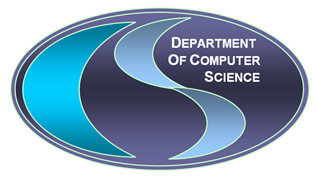(Date: Sep 2019) Dr. Hong FU, Associate Professor, CS Dept has research collaboration with Dr. HU Hsin-li (Assistant Professor, School of Comm., HSUHK) and they have successfully got Research Funding from the Research Grant Committee (2019-20) for the following project. It is expected that the project will start in Jan 2019.
A Symposium on Cybersecurity Law in PR China: Communication and Governance Perspectives
Dr HU Hsin-li (PI), Assistant Professor, School of Communication, HSUHK
Prof. SIU Yuk Tai, Trevor (Co-PI), Professor, School of Communication, HSUHK
Dr. JIANG Su (Co-I), Associate Professor, School of Law, Peking University
Dr. Hong FU (Co-I), Associate Professor, CS dept, CHCHE
Research Grant Committee, Hong Kong, Inter-Institutions Development Scheme (IIDS)
12 months, HK$ 451,475, UGC/IIDS14/H01/19
Project Summary
Since the drafting and deliberating of the Cybersecurity Law in 2015, the foreign media had reacted with concern about the censorship of Internet content, the agenda setting of public issues and restrictions on Internet access. Furthermore, foreign media expressed the high expectations of foreign enterprises on taking part in Chinese Internet market, but also had their worries with regard to the restriction on market access that the implementation of the Cybersecurity Law might bring about and the actual problems that might be generated during the operation.
With the impact of flattened communication channels and fragmented communication content, the management of cyber sovereignty, online speech, internet markets, information safety and privacy bring more legal issues. The rules of this “basic law” of cyberspace are purposely set up in China to deal with the increasing challenges in the digital age. From the communication and governance perspectives, this symposium will invite scholars and experts in relevant fields to address whether this “basic law” of cyberspace is just like some of scholars say “pays more attention to national safety and public administration, less to online communication development and citizen protection”.



